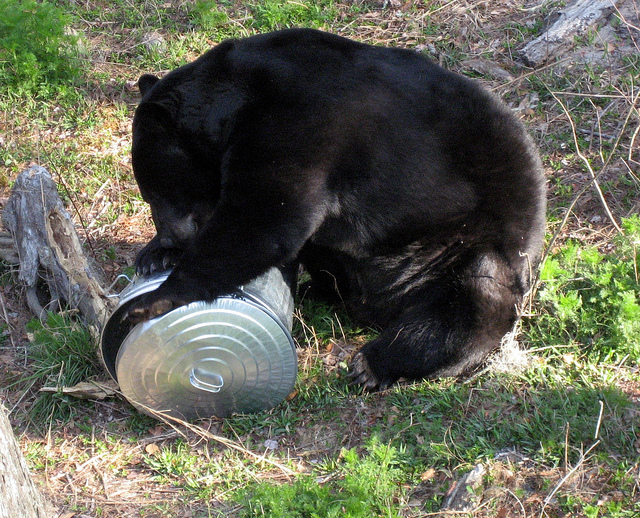
This is post #2 of 2 in a series on keeping chickens with children.
Post #1 focused on the research you should do, and decisions that you as the adult should come to, before you introduce the idea of a chicken-keeping project to your child. If you take the time to narrow down options, and identify your goals for this adventure, you have more options and a greater chance of success.
1. From the list you’ve narrowed down, help your child to choose his breed(s).
He might want to specialize in one breed if he’s thinking of breeding and showing in the future, but most kids will want an assortment of breeds when starting out. This gives a rainbow egg basket, and variety in the hens’ appearances. There’s always time to specialize later if you become interested in breeding more seriously.
2. From your earlier research, with your child, choose your breeder.
There are large hatcheries that provide (how to put this?) basic chicks inexpensively. (Read a good article on this here.) These chicks would not be exhibition quality and, more importantly, as the article states, large hatchery chicks tend to be weaker, watered down versions of the terrific birds of yesteryear. Large hatcheries usually allow random breeding (many roosters among many hens in large poultry houses), whereas those who breed heritage birds for exhibition or simply to improve their breeds use selective mating. The difference here is similar to buying a puppy from a pet store vs. a breeder. Generally, the rule is you get what you pay for with chicks. I wrote a whole blog post on this, if you want even more food for thought.
In case you’re wondering: I put this step here because involving your child in this decision gives him experience in cost/benefit choices that we all make in the adult world. However, you may want to narrow down his choices ahead of involving him, so as to not get his hopes pinned on one gorgeous picture that a hatchery happens to post. After you make this choice together, you’ll need to read details about how to order chicks from your breeder (all are different) and when to expect them after you do. But — before you order — read on!
3. Purchase (or build with your child) a coop for your chicks well ahead of their arrival.
Some people start chicks in a simple brooder — it can be a box or baby’s wading pool with a light for heat, food, water, and shavings that starts in your house, but quite quickly you want to move the chicks to their permanent coop.
Note well, please: chicks produce dust after about a week or two that can be dangerous to humans, especially if it gets into food. Always keep chicks in the house for as short a time as possible, and don’t brood them in your kitchen ever.
There are as many plans for making coops as there are people keeping chickens. In this post, I talk about the best coop I’ve ever worked with, and sell plans for it here. In this post, I talk about general features to look for in any coop plans. Check them out, discuss their features with your child, and be sure to get that coop (and all needed equipment, like food, water, and feeders/waterers, as well as grit, perches, etc.) in place before ordering any chicks or hatching eggs! (If you plan to hatch eggs, you’ll need an incubator as well!)
4. Now you can order your peeps (or hatching eggs)!
Again, I’m not a fan of starting with hatching eggs as a beginner, but if that’s your choice, then order hatching eggs at this point. Otherwise, order your peeps and start talking with your child about feeding and watering practices.
As stated above, you and your child can both access online communities where you can learn about rearing chicks. We, at Storybook Farm, sell four different breeds of large fowl, heritage chickens. All of them are excellent choices as dual purpose, gentle, friendly birds. (They are grandchild tested, so we know for sure! 🤗 ) If you are interested in learning about our French Copper Marans, our Silver Penciled Plymouth Rocks, our Light Sussex, or our Blue Wheaten Ameraucanas, click here.
This article should get you started. Do you have any questions? Feel free to post comments and I’ll do my best to answer. Good luck!













 2. Join an online community.
2. Join an online community.
 Would your child be interested in hatching chickens to raise, or breed, or possibly show or sell?
Would your child be interested in hatching chickens to raise, or breed, or possibly show or sell?







 The first hurdle was, as is so often the case, legalities. I consulted the
The first hurdle was, as is so often the case, legalities. I consulted the  It took me a couple of weeks to get all these ducks in a row.
It took me a couple of weeks to get all these ducks in a row.
